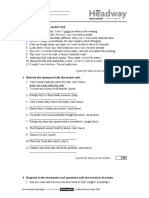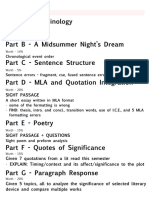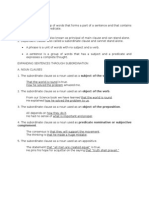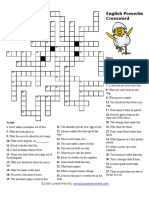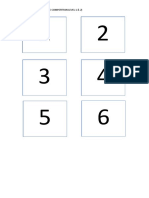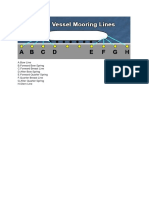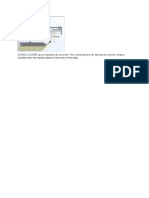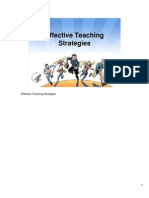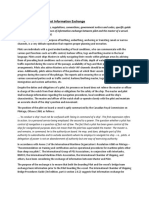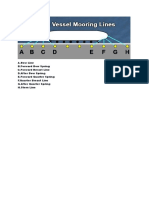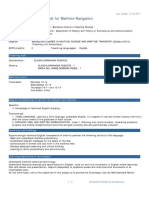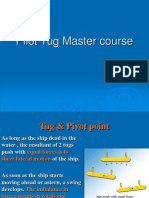0% found this document useful (0 votes)
399 views2 pagesHow To Write A Summary
The document provides instructions for writing a summary, including outlining the original article, drafting a 1/4 length summary without direct quotes, and ensuring the summary covers the major points without personal opinions. Key aspects of a summary are identifying the work, title, author and main point in the present tense, using summarizing language, and including a bibliographic citation.
Uploaded by
englisgoCopyright
© © All Rights Reserved
We take content rights seriously. If you suspect this is your content, claim it here.
Available Formats
Download as DOCX, PDF, TXT or read online on Scribd
0% found this document useful (0 votes)
399 views2 pagesHow To Write A Summary
The document provides instructions for writing a summary, including outlining the original article, drafting a 1/4 length summary without direct quotes, and ensuring the summary covers the major points without personal opinions. Key aspects of a summary are identifying the work, title, author and main point in the present tense, using summarizing language, and including a bibliographic citation.
Uploaded by
englisgoCopyright
© © All Rights Reserved
We take content rights seriously. If you suspect this is your content, claim it here.
Available Formats
Download as DOCX, PDF, TXT or read online on Scribd
/ 2





